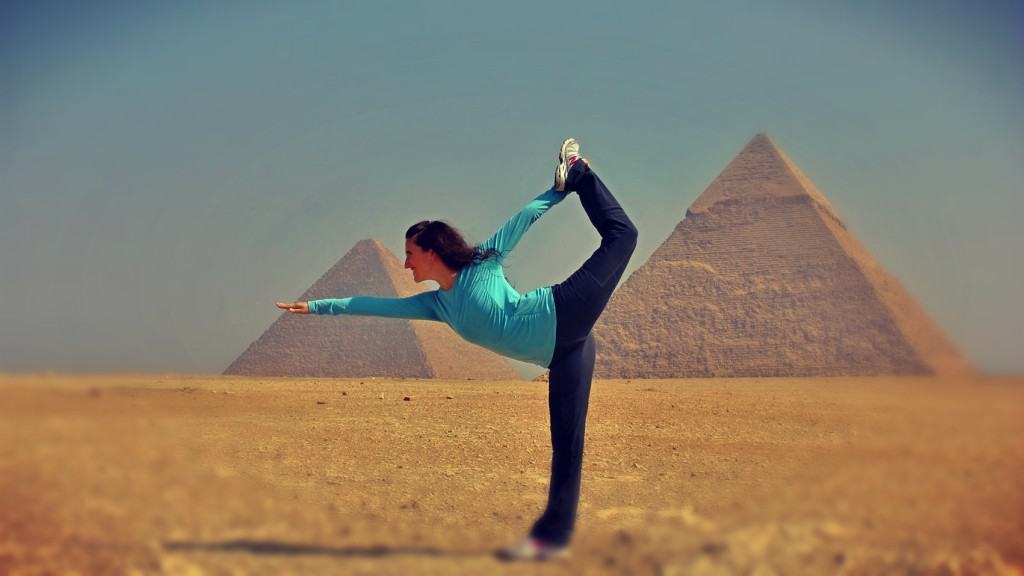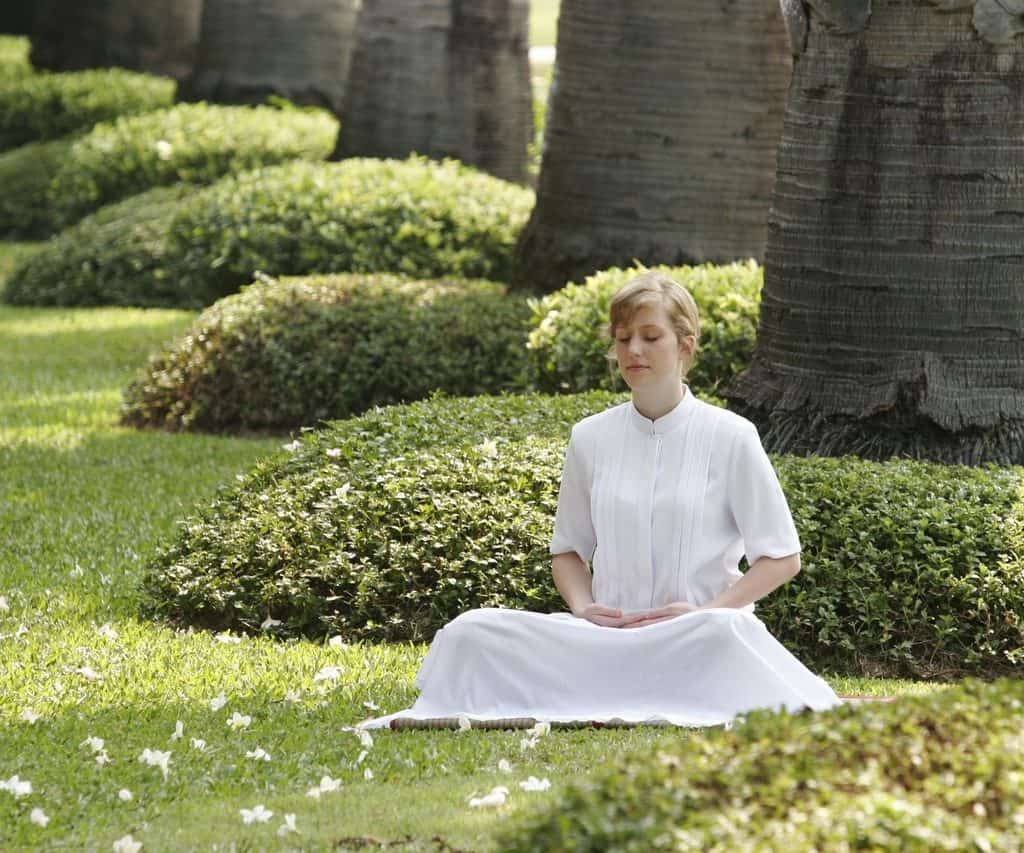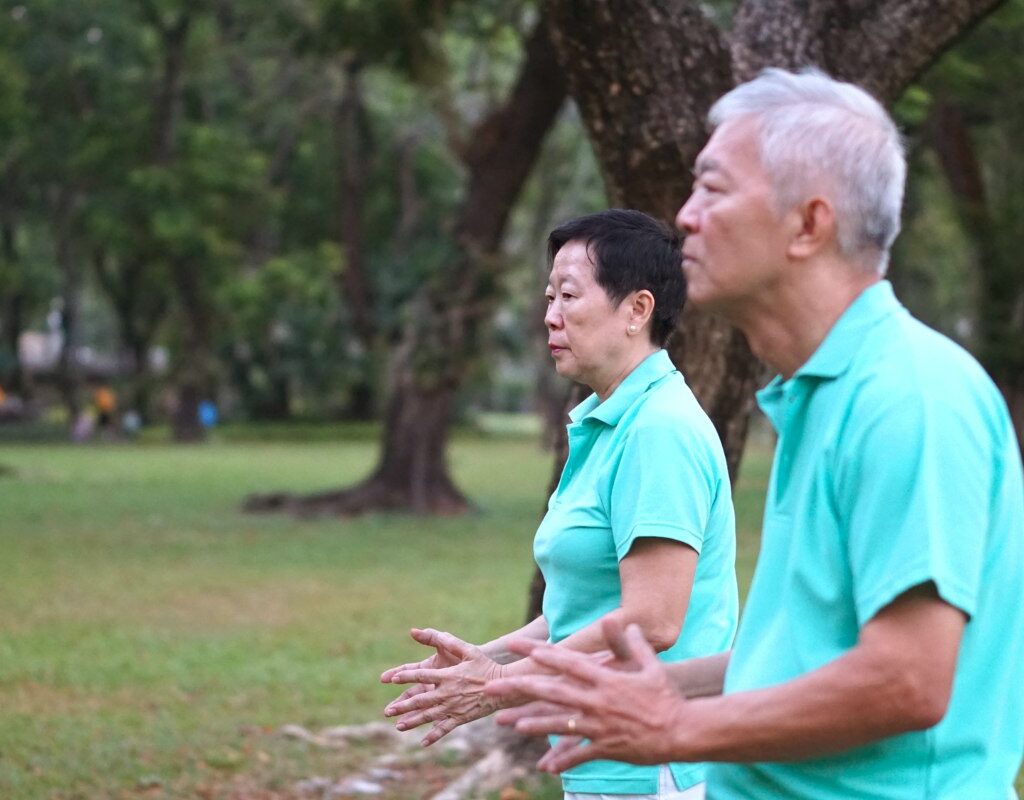Egyptian Yoga, developed by Babacar Khane, is a fascinating teaching method that has gained popularity due to its accessibility and adaptation to the Western lifestyle.
Discover Egyptian Yoga: An ancient practice led by Babacar Khane and its relationship with Western civilization
Unlike other forms of yoga, this approach doesn’t require extreme flexibility making it suitable for people of all ages and fitness levels. Although Egypt is often associated with its ancient civilization, pyramids and pharaohs, few know its connection to yoga.
Egypt has been a source of knowledge in a variety of areas, including medicine, mathematics, architecture and surprisingly, philosophy. Many of the philosophical foundations on which Western civilization is based have roots in the Egyptian legacy transmitted through Greece.
The discovery of the connection between Egypt and yoga was made by Babacar Khane during his research in the company of his wife Geneviève.
Exploring the tombs of Ptahhotep and Akhtihotep in Saqqara, depictions of yoga poses similar to Hatha-Yoga in India, dated around 2600 BC, were found.
In addition, they discovered other representations of different positions in different places such as the pose of the royal cobra in the tomb of Zenet and Antekofer, which dates back to 1950 BC and the pose of the plow in a chapel in the temple of Dendera from the Ptolemaic era.
These findings show the presence of yoga in ancient Egypt which points to the universality of this ancient discipline. Babacar Khane argues that yoga has been present all over the world and that its origins date back to the beginning of animal life, as indicated in the legendary story of Vishnu’s avatars.
The recognition of yogic attitudes and positions in the statues of the Pharaonic colossi reinforces the idea that yoga was practiced formally in ancient Egypt. These attitudes, whether standing or sitting, required body control and intense concentration, fundamental characteristics of yoga.
Egyptian Yoga, based on these discoveries has gained followers around the world due to its holistic approach which combines physical poses, breathing techniques and meditation.
This unique teaching method allows Western people to delve into the rich tradition of Egyptian yoga, connecting with their own essence and taking advantage of the benefits for the body and mind.
Mysteries of Egyptian Yoga: A Link Between Ancient Art and Ancient Indian Practices
In the fascinating world of Egyptian art, one posture stands out: the contours of the trunk, face, head, arms and legs.
For renowned yoga expert Babacar Khane, this characteristic posture is a twist that bears similarities to Indian torsion poses such as Matsyendrasana.
In their revealing book, “The Yoga of the Pharaohs”, Y. B. Khane and G. Khane highlight that ancient Egypt shares with India the concept of dualism and the need to transcend it.
Both cultures recognize that yoga whose etymological root comes from the Sanskrit “yuj”, means “union”: the union of Ha and tha. Ha symbolizes active solar energy, while the represents passive lunar energy.
It is surprising to discover that the word “yoga” finds a synonym in ancient Egyptian: “sowing” which also means “union”. Most notably, the word “seed” is represented by a hieroglyph that symbolizes the trachea and lungs.
For those familiar with the importance that yogis attach to the observation and control of breathing the use of the image of the respiratory system to convey the idea of the union cannot be merely coincidental.
These findings reveal a surprising connection between Egyptian art and ancient yoga practices. The characteristic profiling of figures in Egyptian art reflects an ancient wisdom that has transcended over the centuries.
Egyptian Yoga invites us to explore the rich history of this ancient discipline in an unexpected context. As we immerse ourselves in the poses and philosophy of yoga, we find parallels between distant civilizations and discover a profound connection between ancient Egypt and India.
These links between yoga and Egyptian culture inspire us to further explore the universal roots of this ancient practice. As we delve deeper into the world of Egyptian yoga, we unravel the enigmas of ancient civilizations and approach our own essence through the wisdom and union that this discipline offers us.
The Hieroglyph Seed: A Symbol of the Union of Two Lands in Egyptian Yoga
The hieroglyph “seed” plays a central role in one of the great symbolic motifs of ancient Egypt: the “Taouy seed”.
This term refers to the reunion under the power of the pharaoh of the Two Lands, that is, the two kingdoms of Upper and Lower Egypt. However, according to renowned experts in yoga and Egyptology, G. and Y. B. Khane, this motif transcends what is merely historical and geographical, acquiring a spiritual dimension.
According to the Khane, ancient Egypt symbolized, through the figure of the pharaoh, the man capable of harmonizing the two poles of energy in himself.
These poles are represented in Egyptian mythology and symbols by multiple pairs of opposites: the two enemy brothers, the two sisters, the two kingdoms, the two snakes, the two lungs, the two scepters and the two crowns, among others.
The Egyptian Yoga technique with its vertical poses and dynamic sequences, is especially suitable for the contemporary Western. This approach to yoga can be practiced at any age and offers a number of benefits:
- It helps to become aware of the body and improve the coordination of movements.
- It revitalizes the whole body and optimizes its functioning.
- It teaches how to channel energy effectively.
- It improves brain functions by focusing attention, boosting memory and increasing concentration.
- It facilitates the development of work tasks more quickly and efficiently.
- It constitutes a system of postural rehabilitation, promoting better recovery of locomotion in specific cases.
These aspects of Egyptian Yoga allow us to understand how this ancient discipline can be a powerful tool for physical, mental and spiritual well-being.
By exploring the connection between the hieroglyphic sowing and the union of opposites, we immerse ourselves in a path of inner harmony, developing a deeper understanding of ourselves and our environment.
Egyptian Yoga invites us to experience the ancient magic of Egypt as we embark on a journey of self-realization and balance.




